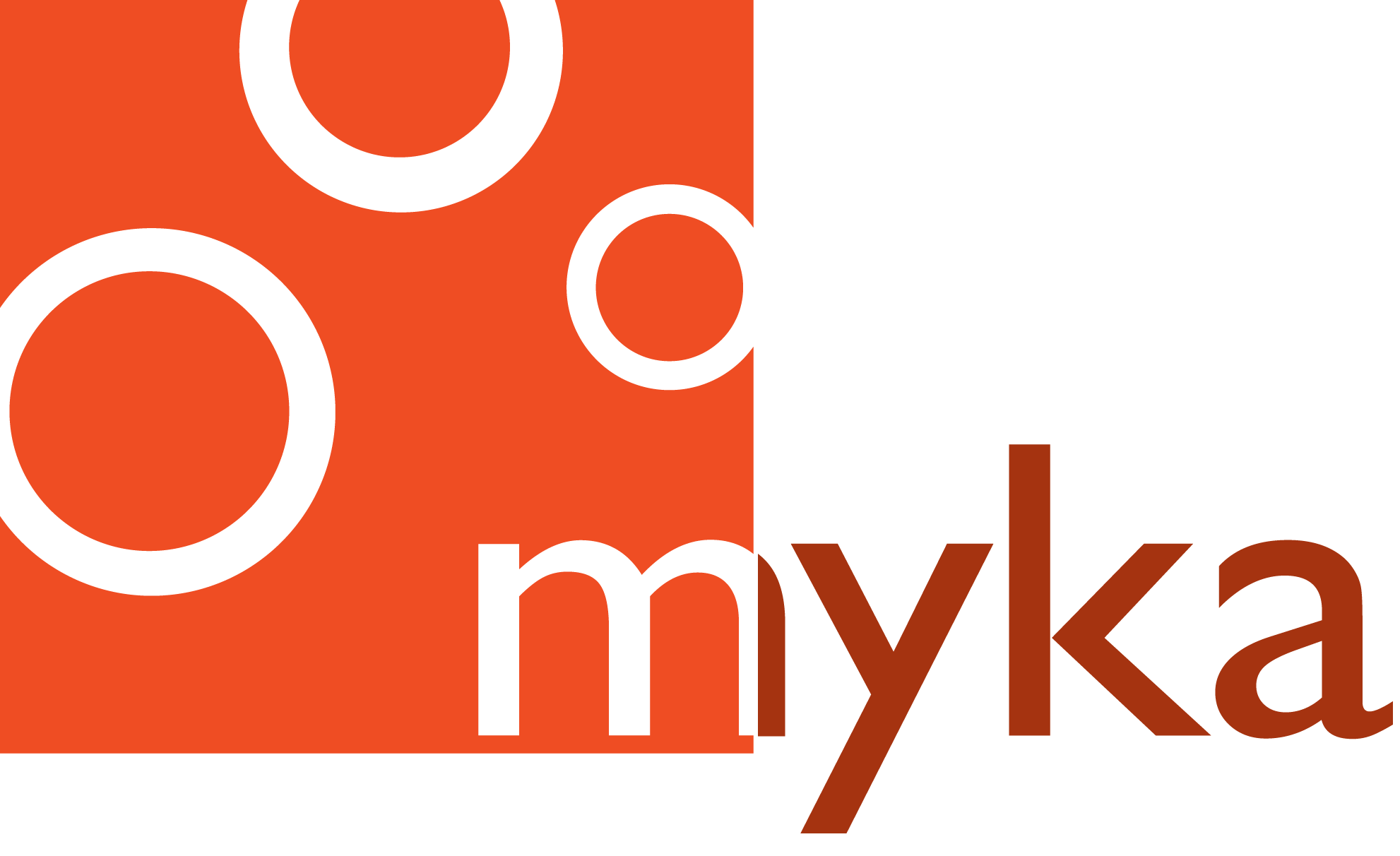Paper appears in the March 2024 issue of the Journal of Pediatric Surgery.
A new publication appearing in a leading pediatric surgery journal concludes that Connect-EA, a recently developed system for use in treating newborns born with a rare esophageal condition, is a safe for use in high-risk patients.
For the 25,000 babies born every year with esophageal atresia, taking in nutrition by mouth–whether nursing or bottle-feeding–is impossible. The esophagus has formed in two pieces instead of as a single long, continuous tubular organ. Most babies born with esophageal atresia also have a related condition known as tracheoesophageal fistula, where one or both of the esophageal pouches is fused to the windpipe (trachea).
Thanks to advances in surgical techniques and intraoperative imaging dating back to the 1940s, for most babies born with esophageal atresia and tracheoesophageal fistula, surgical “repair” is now widely performed. While the development of early techniques for surgical repair of esophageal atresia was a major achievement in the practice of medicine, pediatric surgeons are continuously seeking to improve how they care for babies born with esophageal atresia and tracheoesophageal fistula. Two top priorities: repairing the condition with fewer or smaller incisions, wtih the goal of sparing the patient from potential long-term musculoskeletal injuries; and minimizing the likelihood that scarring around the former site of the malformation will result in a baby born with EA/TEF experiencing problems in the weeks, months and years after a repair.
Devised on the basis of years of research into the physiology of the neonatal esophagus and designed to take advantage of advanced technologies for navigating slender tubular instruments within a baby’s body, Connect-EA is the first major advance in esophageal atresia patient care in decades.
Connect-EA uses an innovative clip design with the potential to minimize formation of scar tissue in the esophagus. In another important advance, for many babies, the Connect-EA clip components can be put in place without the need for any new incisions. Tiny sensors designed to be used with the Connect-EA clips make it possible for the care team to carefully maneuver the clip components into position while minimizing the need for x-ray.
The new paper summarizes the results of the first group of babies treated with Connect-EA. This babies treated included several with multiple major comorbidities, like problems with their hearts and lungs.
The paper reaches a conclusion that is an exciting step for pediatric surgeons around the world, as well as for the families of babies born with esophageal atresia: Connect-EA can be used safely for repairing esophageal atresia in high-risk babies. Of particular note is that, by 3 months after repair, every single one of the patients treated had no need for dilations. Long-term reliance on dilation is common in babies who have undergone esophageal atresia repair where narrowing of the esophagus occurs due to scarring.
Myka Labs is working closely with pediatric surgeons around the world as well as the U.S. Food and Drug Administration, other regulatory bodies, and other key stakeholders to broaden the group of esophageal atresia patients who have the opportunity to be treated using Connect-EA and to eventually make Connect-EA available around the world.
Patients were treated at three leading institutions in the U.S. and Europe: Stanford Children’s, Vanderbilt Children’s, and Dr. von Hauner Children’s Hospital at LMU Klinikum in Munich, Germany.

